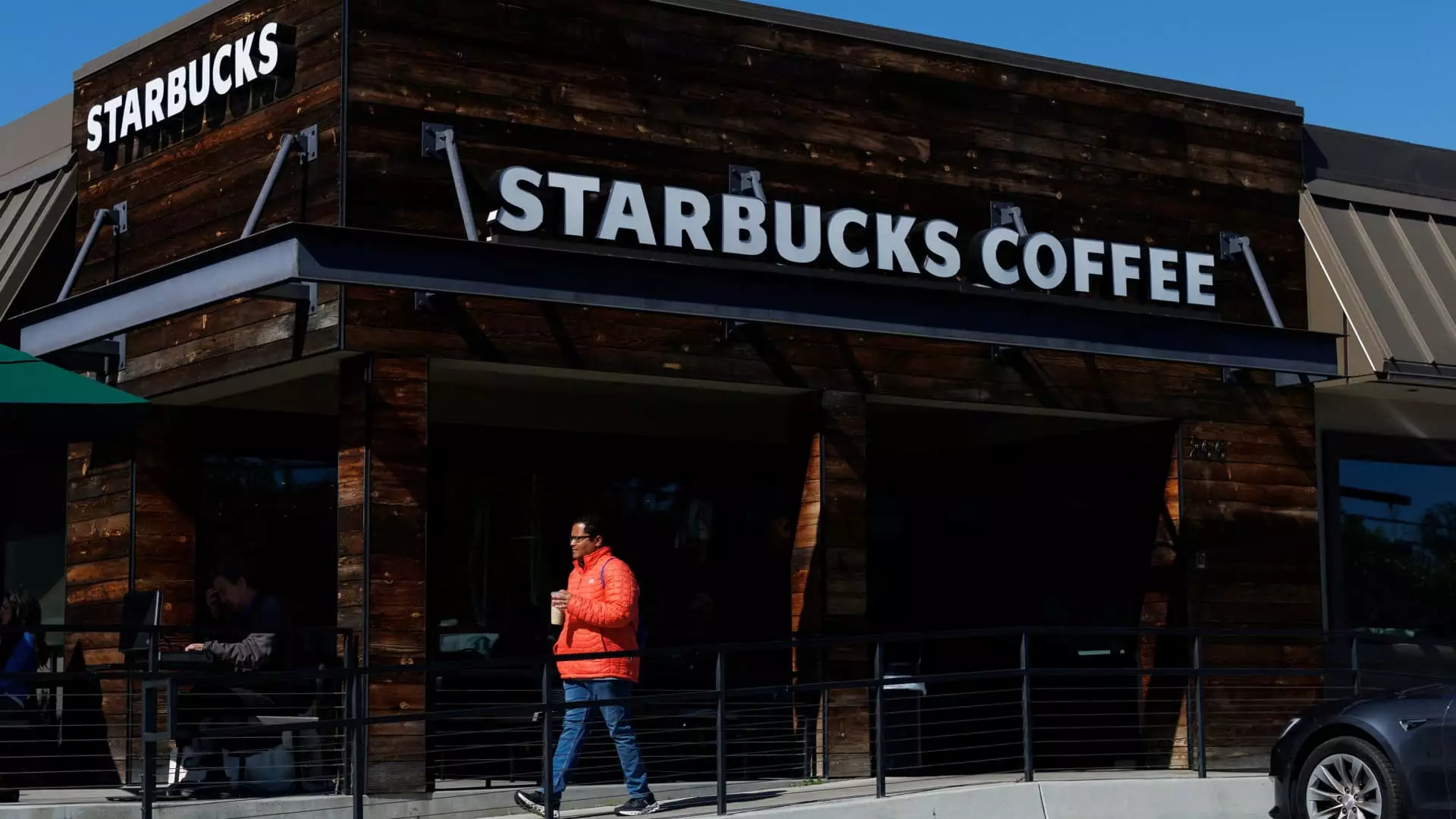The recent downturn in restaurant stocks serves as a stark reminder of the fragility of consumer confidence in volatile economic times. As fears of an impending recession grip market analysts, the swift decline in stock values illustrates a broader concern about discretionary spending. When consumer wallets tighten, restaurants—especially those in the realm of casual and fast-casual dining—are often among the first to feel the pinch. The backdrop of growing tariffs on imported goods, primarily championed by the Trump administration, catalyzed this fear, even if the immediate impact on restaurant operations may appear manageable.
The Ripple Effects of Tariffs
While analysts have suggested that the direct effect of tariffs may not deeply wound restaurant chains, the specter of inflation looms large. UBS analyst Dennis Geiger emphasized in a client note that the true peril lies in the strain on consumer spending and overall demand. Investors, often skittish in economic downturns, scurried away from restaurant stocks in fear of a double whammy: rising costs and weakened demand. This sentiment was epitomized by the significant drop in Starbucks stock, attributed not just to tariffs but to an erosion of consumer sentiment as well.
Investor Sentiment and Market Reactions
The reaction of investors to Starbucks’ downgrade from analysts at Baird speaks volumes about the market’s psychological state. A nearly 20% slump in stock price since the announcement of new tariffs reflects not only specific economic forecasts but also the emergence of a pervasive anxiety surrounding consumer behavior—a disquieting cocktail of rising coffee bean prices and political backlash against U.S. brands abroad. Greener pastures like the Coffee Belt will continue to connect us to the complexities of international commerce, which adds layers of unpredictability to the food industry.
The Broader Chain Reaction
This cautious sentiment isn’t isolated to just one major player in the industry. Other restaurant stocks, including those from casual dining chains like Dine Brands, which oversees Applebee’s and IHOP, encountered declines as well. The staggering drop off across various sectors—ranging from fast-casual chains such as Chipotle to established fast food giants like McDonald’s—delivers a clear message: no segment is immune from the looming storm of economic pressure. Each decline reverberates within the market, causing a ripple effect that propels the entire sector downward.
The Burden on Fast-Food Giants
Traditionally, fast-food restaurants weather economic hardships more effectively than their full-service counterparts; however, even they are not unscathed. A recent trend showed that last year’s cutback in consumer spending saw lower-income customers frequenting fast-food outlets less often. This shift paints a troubling portrait as it indicates that lower-income individuals are looking to minimize even those small expenditures that once buoyed these chains. An erosion of frequency in visits among these key demographics represents both a risk for quick-service chains and a signal of broader economic discomfort.
A Glimmer of Hope Amidst the Gloom
While the global outlook may appear grim, a small selection of restaurant stocks had positive movements that stand out amid the broader declines. The performance of burgeoning establishments like Dutch Bros. and Cava shows that there is still interest and potential for growth even when major players falter. With resilience in innovative concepts and new market entries, these companies may carve out niches that defy market trends.
Final Thoughts: Navigating the Uncertain Future
The current state of restaurant stocks is a critical indication of the larger economic climate. Analysts emphasizing cautious optimism must navigate the contradictory signals emerging from consumer behaviors and tariff implications. As tariffs appear poised to inject further complexity into the industry, restaurant operators and investors alike will need to remain vigilant, addressing not just immediate financial concerns, but also sustaining consumer rapport in a shifting economic landscape. Balancing costs with consumer retention will be paramount for survival, molding the industry’s future in ways we cannot yet fully grasp.

